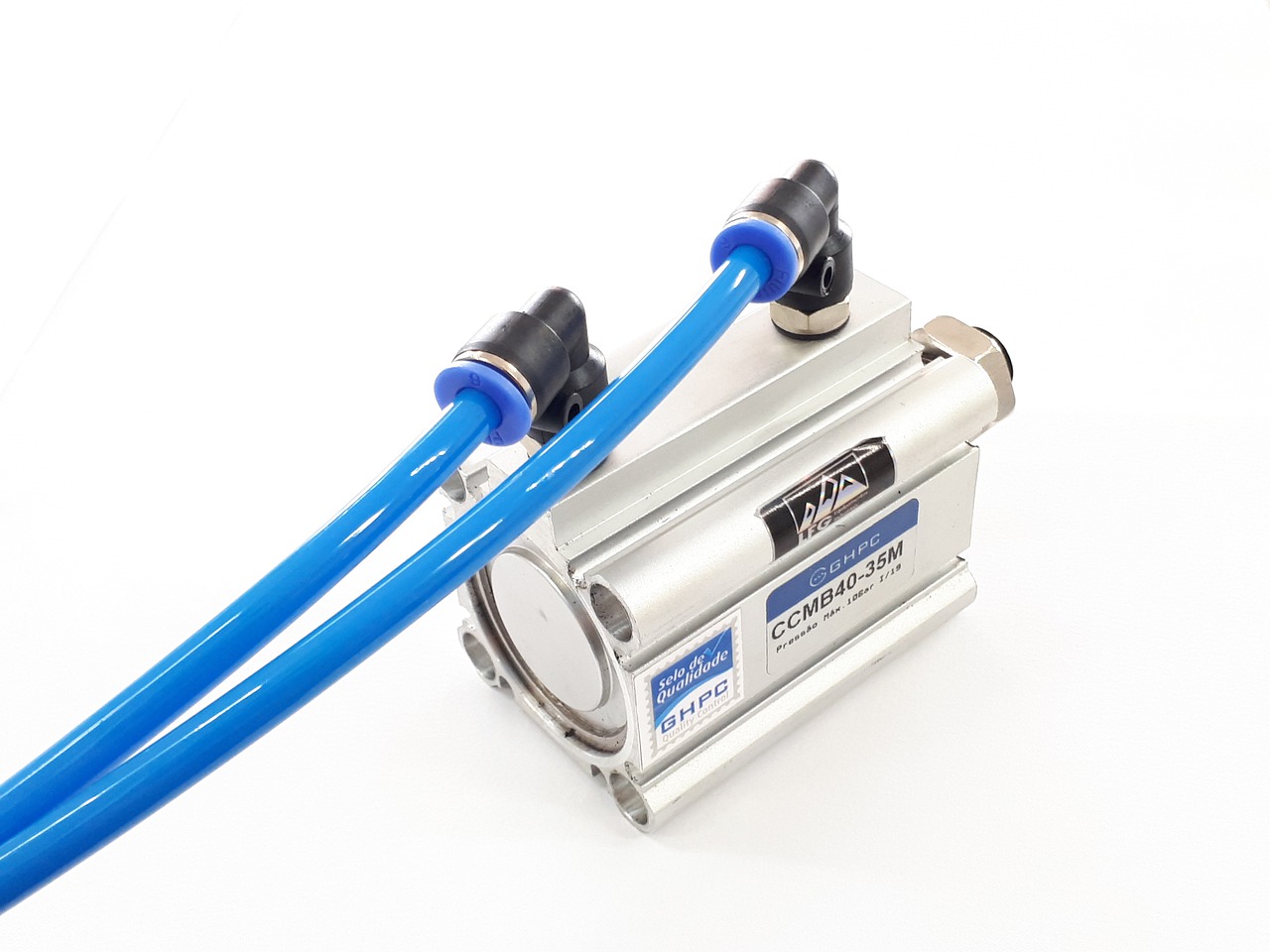Today’s cylinder catalogue is a toybox of variety. Many different sizes, designs, and configurations are available, but how do you know which one is optimal for your pneumatic requirements? Here’s a guide to selecting the right size:
What Happens If My Cylinder Is The Wrong Size?
Formed of a piston capped with a rod, the purpose of air cylinders is to form a seal that can be pushed forwards, transferring the force contained within the compressed air to whatever output is required. The physics are therefore very straightforward. However, get the sizing wrong and the result is either an underwhelming performance or an unnecessary waste of energy, both of which result in reduced efficiency and increased costs.
Calculating The Force
Taking time to calculate the correct force is the first step to cylinder sizing.
This can be done using the formula:
F = P x A
F = force (lb), P = supply pressure (psi), A = piston area (in2)
If a double cylinder is being used, the formula is:
F = p π (d12 – d22) / 4
d2 = full bore piston diameter (m), d2 = piston rod diameter
There are various online calculators that can perform the equations. However, it is worth noting that various additional factors need to be considered to ensure accuracy, such as the internal friction, the annular area, and the true load.
Internal Friction
Internal friction occurs in every system, and will reduce the overall force output by between 5 and 10 psi. Systems that are damaged or misaligned will see an even greater pressure loss. Always be sure to include these variables in your force calculation.
Annular Area
The flat side of a piston is known as the bore, and the underside connecting it to the rod is the annulus. Its calculation is required to determine the return stroke of the piston, and as part of the annular is occupied by the rod, the surface area is smaller. To calculate the annulus, simply subtract the area of the rod from the area of the bore.
True Load
The true load is influenced by external friction. Determining this can be achieved using equations, but, in most applications, it is a case of taking measurements of how much force is required. This is easier to achieve in the case of existing systems where the required force is already known. For new applications, a little expert advice is often needed.
How Can I Guarantee That My Cylinder Calculations Are Correct?
One of the best ways is simply to ask an expert such as Hydrastar to check. Companies that specialise in hydraulics have experience in optimising many different types of application and will be able to advise on more detailed issues such as the potential influence of angles, static friction, and actual operating pressure, all of which can have a notable effect on the required force. Taking the time to look carefully at the whole picture can result in greater efficiency, reduced energy consumption, reduced downtime, and increased productivity.
For more information about the range of cylinders available, and to determine which is the best fit for your requirements, feel free to give us a call.
Image source: Pixabay



